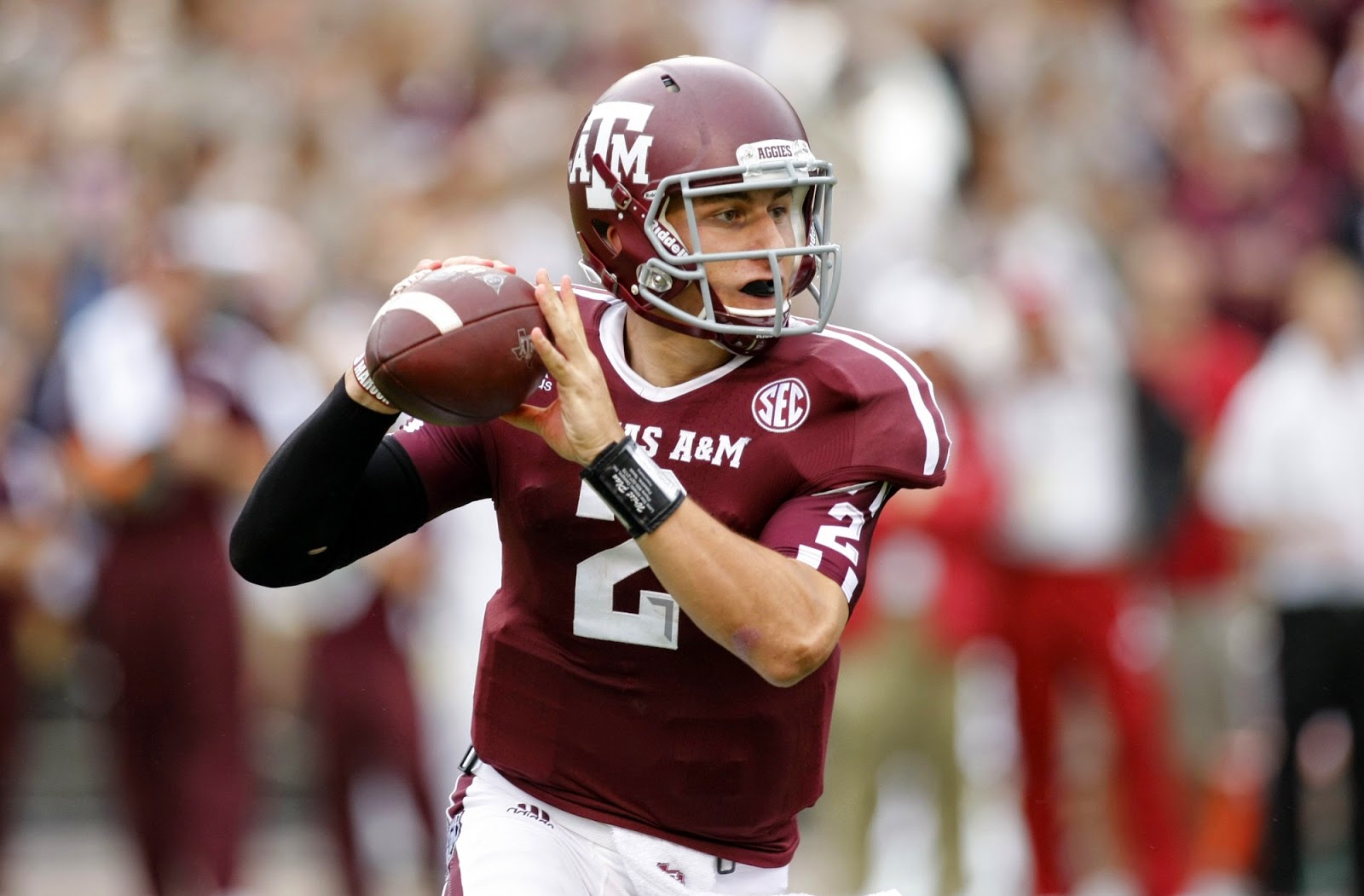It’s a little more than a week before the NFL draft and who
will be chosen with the top 10 picks remains an unsolved puzzle for the mock
draft community.
There’s uncertainty unlike any in recent years. Twitter
feeds are rife with wild rumours and anonymous reports, talk radio is full of idle chatter, mock draft versions
10.0 and higher have been posted and still, who will be drafted and by whom at
the top of the deck remains very much a mystery.
NFL.com lists five players with a pre-draft grade of 7 or
higher: South Carolina defensive end Jadeveon Clowney, 7.5, Auburn offensive
tackle Greg Robinson, 7.4, Clemson wide receiver Sammy Watkins, 7.3, Texas
A&M offensive tackle Jake Matthews, 7.2, and Buffalo linebacker Khalil
Mack, 7.2.
Expect those five to be among the top eight picks of the draft.
The flies in the ointment this year are the quarterbacks, none of whom have shown the promise of franchise passers but are solid enough to warrant
consideration in the first half of the draft.
Where will A&M's Johnny Manziel land? Will he even be the first
quarterback taken?
Before the season, Louisville’s
Teddy Bridgewater was the presumptive favourite but he started to slide during
the season and was downgraded by a poor Pro Day workout.
Central Florida’s Blake
Bortles then became the talk of the draft. He looks the part – height, arm
strength, accuracy - and may yet be the first passer taken but questionable
decisions during the season show that he may not be ready for prime time right
away.
And on Monday, ESPN’s Adam Caplan tweeted that Cleveland would take Fresno State’s
Derek Carr with its fourth overall pick. No ifs, and or buts.
This following the chatter that the Dallas Cowboys, with the
16th pick, could trade up to catch a falling Manziel, who could be
drafted anywhere from No. 1 to No. 11.
Throw in next-tier talent like receiver Mike Evans, tight
end Eric Ebron, defensive tackle Aaron Donald, offensive tackle Taylor Lewan,
linebacker Anthony Barr, safety Ha Ha Clinton-Dix and there are a lot of wild
cards at the top of the table, more so than usual.
But the draft machine, like the league, will focus on the
quarterbacks. And there isn’t a bigger name than Johnny Football.
Adding to the high stakes: Those teams, save for the Bucs,
who made a big splash in free agency, could use the celebrity buzz that Manziel
possesses to refresh excitement levels with their fan bases.
But those teams, read management, also can’t afford another
miss at the position and with the added cushion of up to four other
quarterbacks who could be had in later rounds with similar strengths and
weaknesses, they could wait or gain extra picks by trading down.
And there's also the distractions that come with Manziel. Which brings us to the Cowboys.
They need Mack but should be happy to end up with Barr, the
UCLA linebacker who could develop into a legitimate pass rusher. Donald and
Clinton-Dix would also be great choices at need positions but their recent
market valuations seem to place them above the Cowboys price. Unless they trade
up.
But what if Manziel is available?
The acknowledgement that Manziel would warrant the
investment should be received as great news for Cowboys Nation. Not because
Manziel is destined for greatness, that remains up for debate. But because the
Jones brain trust may be finally, finally realizing that the Romo era is
nearing its conclusion and that hey, big changes are needed.
Manziel’s slide could push the Jones boys into action. At
this point, it’s the only way the Cowboys can shake their salary cap
predicament and even that may be two years down the line but it could represent
a start.






